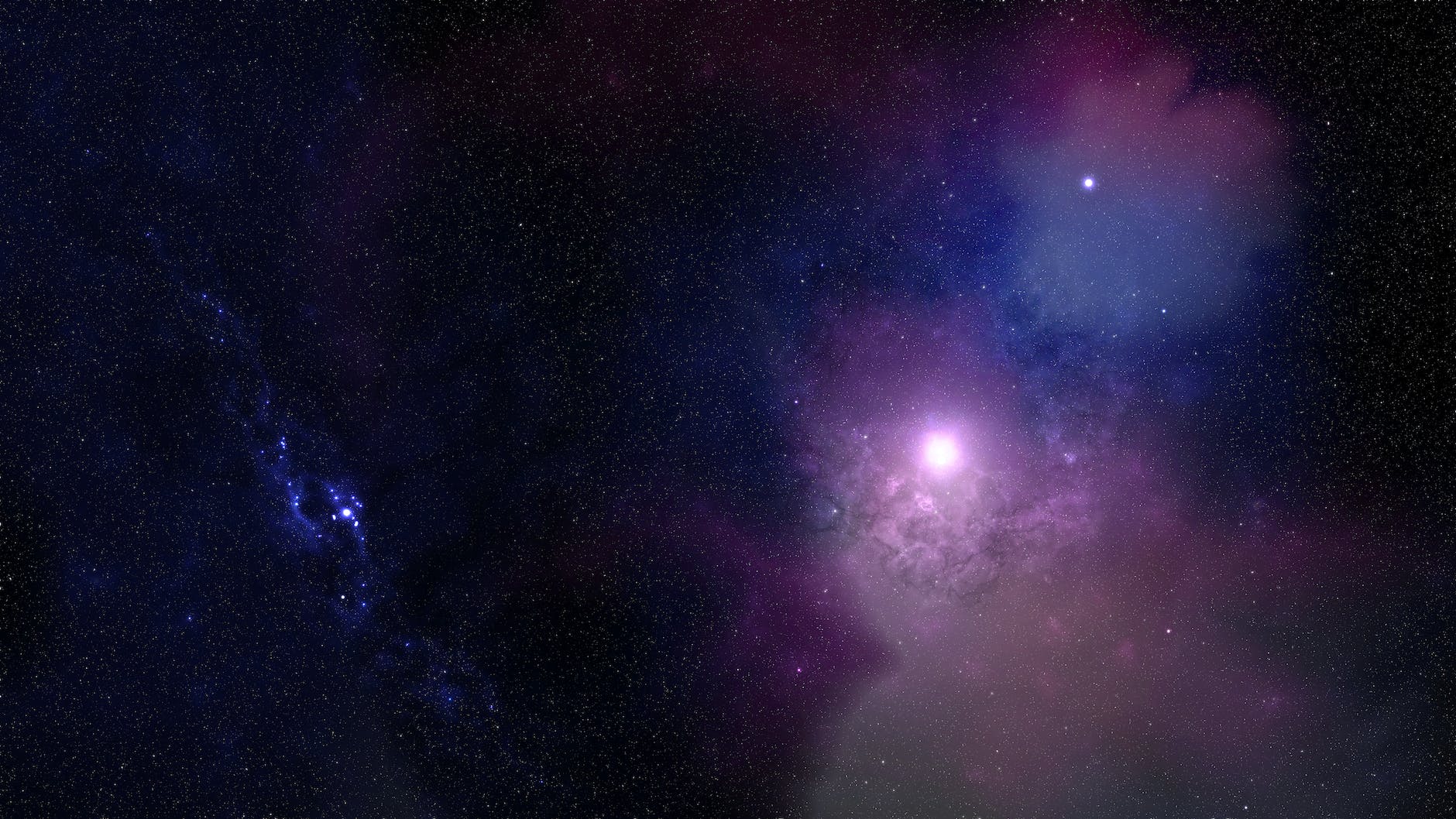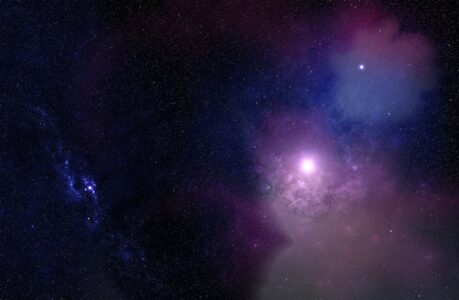Discover the importance of magnification in telescope viewing and how it enhances our understanding of the cosmos.
Introduction
Imagine gazing up at the night sky and being able to witness the magnificent beauty of distant galaxies, sparkling stars, and ethereal nebulae. Thanks to the remarkable tool known as a telescope, this dream becomes a reality. Telescopes have been instrumental in unraveling the mysteries of the universe and expanding our understanding of the cosmos. One critical factor that contributes to the effectiveness of a telescope is magnification. In this article, we will delve into the importance of magnification for telescope viewing and how it enables us to explore the wonders of space in greater detail.
Understanding Magnification
Before we delve into the significance of magnification, let’s first understand what it means in the context of telescopes. Magnification refers to the degree by which an object appears larger when observed through a telescope compared to the naked eye. It is determined by the combination of the telescope’s primary lens or mirror (known as the objective) and the eyepiece. Magnification is denoted as a ratio, such as 50x (50 times), 100x (100 times), or 200x (200 times), which indicates how many times larger the object appears.
Enhancing Observations
One of the primary benefits of magnification is its ability to enhance observations, allowing us to see celestial objects with greater clarity and detail. When we increase the magnification, faint and distant objects become more visible, enabling us to study them in depth. For example, with higher magnification, we can discern intricate features on the Moon’s surface, such as craters, mountain ranges, and lava plains. By zooming in on specific regions, astronomers can analyze the geological history of our celestial neighbor and gain insights into its formation and evolution.
Unveiling Distant Galaxies
Magnification plays a crucial role in unlocking the mysteries of distant galaxies. The light emitted by galaxies located millions or even billions of light-years away is extremely faint when it reaches Earth. By employing telescopes with high magnification, astronomers can amplify the intensity of this faint light, revealing astonishing details about these celestial entities. With increased magnification, spiral arms, galactic cores, and even individual stars within galaxies become discernible, providing invaluable information about their composition, structure, and movement.
Studying Stellar Phenomena
Stellar phenomena, such as supernovae and variable stars, captivate astronomers due to their transient nature. These events occur for a limited period, making timely observations crucial for understanding their characteristics and behavior. Magnification enables astronomers to closely monitor these stellar phenomena, capturing their transformations and unraveling the underlying mechanisms that drive such cosmic events. By employing high magnification, scientists can witness the explosive brilliance of a supernova or detect subtle changes in the brightness of a variable star, helping to unlock the secrets of these cosmic phenomena.
Exploring Planetary Features
The planets of our solar system have long fascinated stargazers, and magnification allows us to explore their captivating features in greater detail. By increasing the magnification, astronomers can observe the intricate cloud patterns on gas giants like Jupiter and Saturn, study the polar ice caps on Mars, and even identify the four largest moons of Jupiter—Io, Europa, Ganymede, and Callisto. Such observations provide valuable data for understanding the atmospheric conditions, geological processes, and potential for extraterrestrial life within our celestial neighborhood.
Lunar and Solar Observations
Magnification is also pivotal for observing our closest celestial neighbors: the Moon and the Sun. The Moon’s surface is a tapestry of craters, valleys, and mountain ranges that has been shaped by eons of cosmic impacts. High magnification allows astronomers to explore these features, providing insights into the Moon’s geological history and aiding in the selection of future landing sites for manned missions.
When it comes to solar observations, magnification must be used with extreme caution to prevent eye damage. Special solar filters and dedicated solar telescopes are employed to safely observe the Sun. With appropriate magnification, astronomers can study sunspots, solar flares, and other solar phenomena, advancing our knowledge of our nearest star and its impact on Earth’s climate and space weather.
Considerations for Magnification
While magnification is undoubtedly crucial for exploring the universe, it is essential to strike a balance. Simply increasing magnification without considering other factors can lead to diminished image quality and loss of detail. The atmospheric conditions, known as seeing, can significantly affect the sharpness of observations. Turbulent air currents and temperature variations can cause distortions, blurring the image and reducing the effectiveness of high magnification.
Another consideration is the aperture of the telescope, which determines its light-gathering ability. Increasing magnification reduces the amount of light reaching the eyepiece, which can result in dimmer views. Therefore, it is essential to select an appropriate eyepiece and focal length combination that maximizes both magnification and image brightness, taking into account the telescope’s aperture and prevailing seeing conditions.
Expanding Our Cosmic Perspective
Magnification has been instrumental in expanding our cosmic perspective and deepening our understanding of the universe. By enabling us to observe celestial objects with enhanced clarity and detail, magnification allows astronomers to gather invaluable data and make groundbreaking discoveries. From unraveling the mysteries of distant galaxies to studying stellar phenomena and exploring our planetary neighbors, the power of magnification opens up a world of possibilities for scientific exploration.
So, the next time you gaze through a telescope and peer into the depths of space, remember the role that magnification plays in unlocking the secrets of the universe. Through its lens, we can embark on a journey of discovery, revealing the hidden wonders that lie beyond our reach.
The Downsides of Magnification in Astronomy: Balancing Power and Limitations
Magnification is undoubtedly a critical aspect of astronomical observations, allowing us to delve deeper into the mysteries of the cosmos. However, it is essential to recognize that there are downsides and limitations to high magnification. In this article, we will explore the challenges astronomers face when utilizing powerful telescopes and the trade-offs they must consider in their quest for greater magnification.
Image Quality and Faintness
One of the primary limitations of high magnification is its impact on image quality. As we increase the magnification, the image may appear dimmer and lose sharpness. This is particularly true for telescopes with smaller apertures that gather less light. The use of high magnification can exacerbate these limitations, making it more challenging to discern fine details and reducing overall image quality. Astronomers must carefully balance magnification with the capabilities of their telescopes to ensure they can still capture clear and meaningful observations.
Atmospheric Conditions
Another factor that can impede high magnification in astronomy is the Earth’s atmosphere. The atmosphere is a dynamic and ever-changing medium, subject to turbulence, temperature variations, and other atmospheric disturbances. These atmospheric conditions, collectively known as “seeing,” can significantly impact the quality of observations. High magnification can magnify the effects of atmospheric turbulence, causing the image to appear blurry and distorted. Astronomers often face the challenge of finding moments of stable seeing to maximize the benefits of increased magnification.
Narrow Field of View
Increased magnification also results in a narrower field of view, limiting the area of the sky that can be observed simultaneously. While high magnification allows astronomers to scrutinize specific objects in detail, it may hinder the ability to observe larger celestial structures or objects that require a broader perspective. This limitation becomes particularly relevant when studying objects such as star clusters, galaxies, or nebulae that span significant portions of the sky. In such cases, astronomers must make careful choices about the optimal magnification to balance detailed observations with a broader context.
Diffraction and Aberrations
As light passes through the optics of a telescope, it undergoes diffraction, resulting in the formation of interference patterns that can affect image quality. At higher magnifications, diffraction effects become more pronounced, leading to decreased contrast and reduced clarity. Additionally, telescopes may exhibit optical aberrations, such as chromatic aberration or spherical aberration, which can introduce distortions and reduce the overall quality of the observed image. These factors can impose limitations on the achievable magnification and require astronomers to consider the capabilities and limitations of their telescopes.
Equipment Limitations
High magnification often necessitates the use of specialized equipment, such as high-quality eyepieces and stable mounts. These additional components can be expensive and may require careful selection to ensure compatibility with the telescope and the desired level of magnification. Furthermore, the weight and complexity of the equipment increase with higher magnification, requiring more robust and precise tracking mechanisms to maintain stability during observations. Astronomers must weigh the benefits of increased magnification against the practical and financial considerations associated with acquiring and using the necessary equipment.
Practical Constraints
In addition to the technical limitations, practical constraints can also affect the use of high magnification in astronomy. Observing conditions, such as light pollution, weather patterns, and the availability of clear skies, can impact the effectiveness of high magnification. Astronomers may face challenges finding suitable observation sites or favorable weather conditions that allow for optimal viewing. Furthermore, the Earth’s rotation imposes time constraints on observations, limiting the duration of high magnification observations

